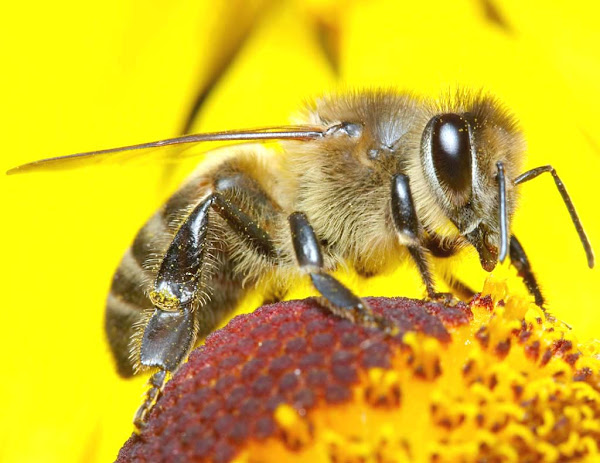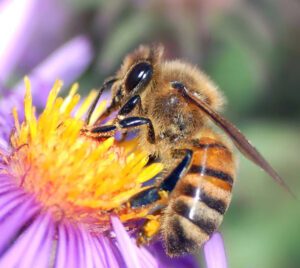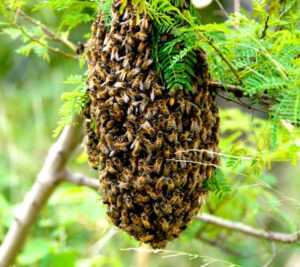Worker bees are the main member of a hive or bee colony. The percentage of worker bee in a hive is about 99% of total bee. Their body is small in size and lengths about 11-15 mm.
Generally their body color is blackish brown. Worker bees are small in size than drone and queen bee. There is a black spot in their abdomen. They do almost all types of work of a bee colony.
Their main task is to make the hive and maintain it. They collect essence and pollen from flower by visiting numerous flowers.
They eat the pollen and flower essence which turn into honey later inside the abdomen. They keep the honey inside the chamber.
The honey basket which they use for collecting honey is a part of their alimentary system. Worker bee take care of baby bee, keep the hive clean and fresh and maintain the security and temperature of bee colony.
As they do all works of a bee hive so, the structure of their mouth is slightly different than other bee. Their maxilla and labium turn to chewing lapping for the exploitation of food.
Along with this different parts of their mouth used for making wax chamber, collecting honey, storing and caring/nursing of eggs and larvae.
Worker bee has antenna comb in their leg, eye brash, pollen brush, pollen basket for storing pollen, pollen racker inside pollen basket and a pollen comb. The wings of worker bee are very strong.

They keep the hive cool by flittering their wings. Their abdomen is longish and divided into 5 parts.
There is a special type of wax gland in the ventral area of last four part of abdomen. The ejected material form this gland make wax.
As the worker bees are female but their reproductive organs are not well developed. The last part of abdomen turn to sting by converting to ovipositor first.
They use this sting for self defense and to keep themselves free form enemies. The wax gland of worker bee starts working at their 12-18 days of age.
When they stop making hive then their wax gland get vanished. The worker bee die if they lose their sting anyhow. In general the worker bees survive for 6 weeks to six months.






